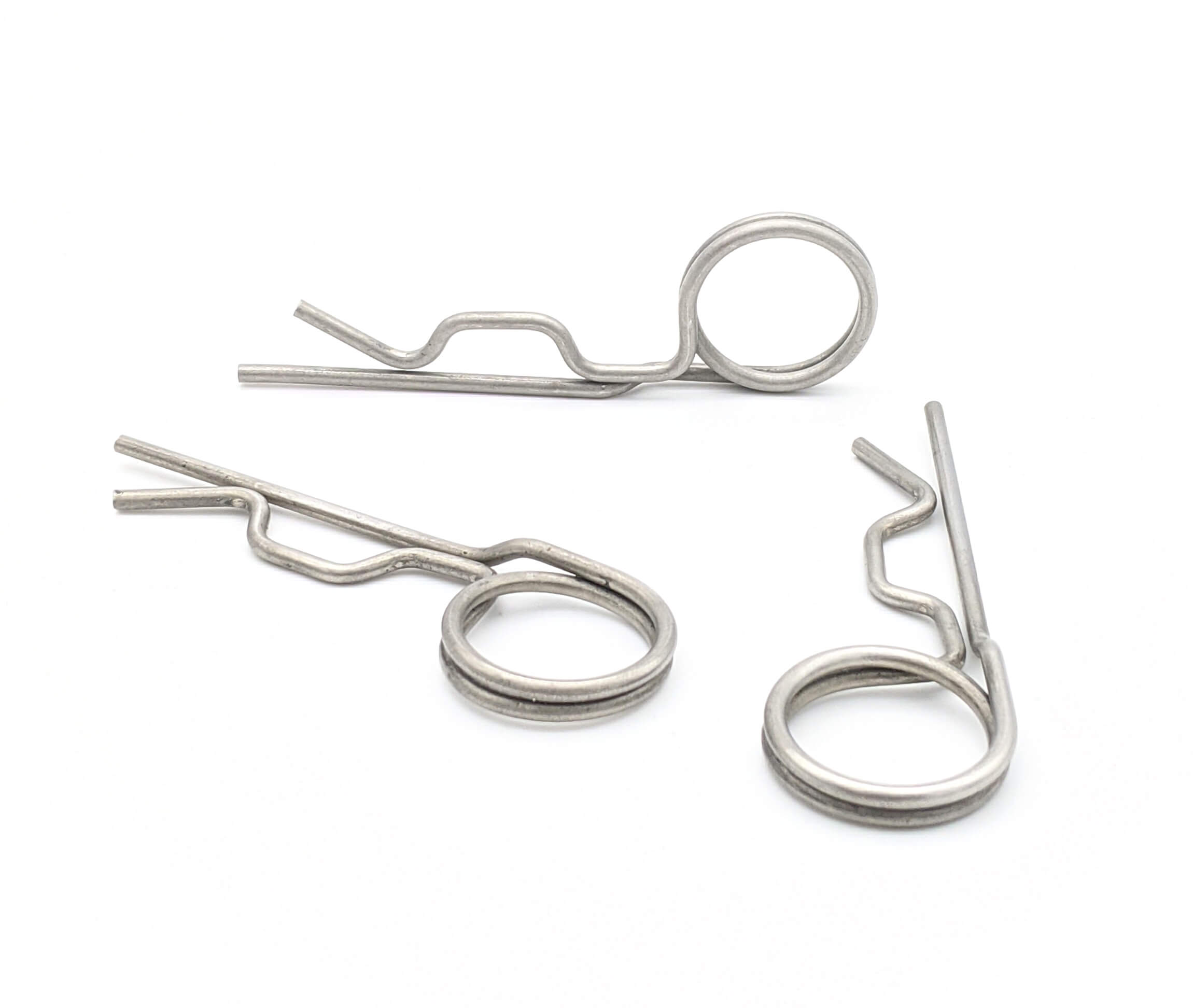Get unique, complex parts easily. No matter your requirements, Chaoyi Spring creates hard-to-produce coil springs and wire forms.
Let us help you create the custom wire form you need, from S-hooks and J-hooks to utility hooks and more.
We work closely with customers across a wide range of industries, helping them design and manufacture made-to-order parts.
Why choose Chaoyi Spring? We prioritize customer-focused collaboration, modern equipment and the latest technology to make your parts per print.
Find the information and guidance you need, from measuring a spring to learning about materials, placing an order and much more.
Have you ever wondered what happens when you push down on a spring? It seems like a simple act, but there's a fascinating world of physics at play. This seemingly


Have you ever wondered what happens when you push down on a spring? It seems like a simple act, but there's a fascinating world of physics at play. This seemingly ordinary object is actually a powerful demonstration of Hooke's Law, a fundamental principle in mechanics that governs the relationship between force, displacement, and the spring's elastic properties. This article delves into the science behind a compressed spring, exploring the concepts of force, displacement, and spring constant, and ultimately unraveling the beauty of Hooke's Law.

The behavior of a spring is governed by a simple yet profound law known as Hooke's Law. This law states that the force required to compress or stretch a spring is directly proportional to the amount of displacement from its equilibrium position. In simpler terms, the harder you push or pull on a spring, the more it will deform.
Mathematically, Hooke's Law can be expressed as:
F = -kx
where:
F is the force applied to the spring (in Newtons)
k is the spring constant, a measure of the spring's stiffness (in Newtons per meter)
x is the displacement of the spring from its equilibrium position (in meters)
The negative sign indicates that the force exerted by the spring is always in the opposite direction to the displacement. This is why when you compress a spring, it pushes back on you, and when you stretch it, it pulls back.
The spring constant, denoted by 'k', is a crucial parameter that defines the spring's behavior. Think of it as the spring's personality: a high spring constant indicates a stiff spring that requires a lot of force to compress, whereas a low spring constant corresponds to a flexible spring that is easily compressed.
The spring constant is determined by factors like the material the spring is made of, its shape, and its dimensions. For instance, a thicker wire will have a higher spring constant than a thinner one, and a longer spring will generally have a lower spring constant than a shorter one.
When you compress a spring, you are doing work on it. This work is not lost; it's stored within the spring as potential energy. The potential energy of a spring is directly related to the amount of compression or extension.
The formula for calculating the potential energy stored in a spring is:
PE = (1/2)kx^2
where:
PE is the potential energy (in Joules)
k is the spring constant (in Newtons per meter)
x is the displacement of the spring from its equilibrium position (in meters)
This stored potential energy can be released, returning the spring to its original position and doing work on whatever is connected to it. This is the principle behind many mechanical systems, such as springs in clocks, shock absorbers in cars, and even the bouncing ball you played with as a kid.
Compressed springs are not just fascinating objects for physics demonstrations; they are essential components in a wide range of applications. Here are a few examples:
* **Shock absorbers:** Car suspensions rely on springs to absorb the bumps and dips of the road, providing a smooth ride.
* **Clocks:** Many clocks use springs as a source of power, storing energy and releasing it gradually to keep the clock ticking.
* **Toys:** Springs are found in everything from bouncy balls to toy cars, providing energy for their movement.
* **Medical devices:** Springs are used in medical devices like surgical clamps and orthopedic braces.
* **Industrial machinery:** Springs are crucial for maintaining tension in belts, providing cushioning in heavy machinery, and even activating mechanisms like safety releases.
Understanding the behavior of springs is crucial for many engineering applications. Engineers need to carefully select springs with the appropriate spring constant to ensure that they can handle the required forces and displacements. Moreover, they must also consider the effects of fatigue, temperature changes, and other factors that can affect the spring's performance over time.
Furthermore, comprehending the concepts of force, displacement, and spring constant is not just limited to engineering. It provides a solid foundation for understanding a vast array of physical phenomena, from the movement of planets to the workings of our own bodies.
A seemingly simple compression of a spring reveals a captivating world of physics, governed by the elegance of Hooke's Law. From the spring constant that defines its stiffness to the potential energy it stores, each aspect of a spring's behavior plays a crucial role in its numerous applications. Whether it's providing a smooth ride in a car, keeping a clock ticking, or powering a toy, understanding the science behind a compressed spring opens our eyes to the intricate and fascinating ways physics shapes our world.
Browse some of the custom wire forms and springs that we manufacture. Don’t see what you need? We specialize in made-to-order products that meet your application requirements.
Visit Our GalleryNeed a custom wire form or coil spring? We make it work. Fill out the contact form and a representative will respond within 1 business day. If you have a PDF or CAD file, you can submit to request a quote.